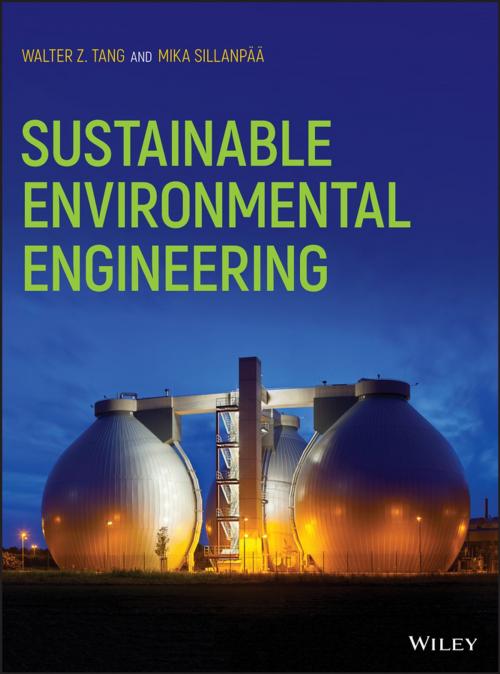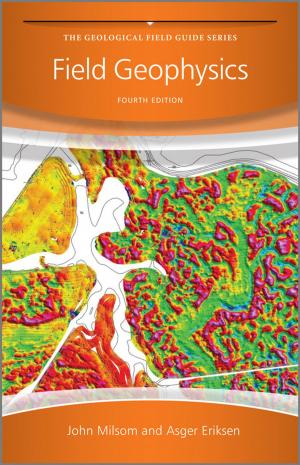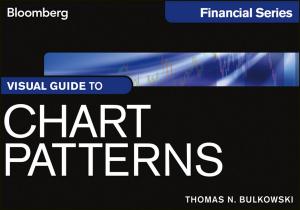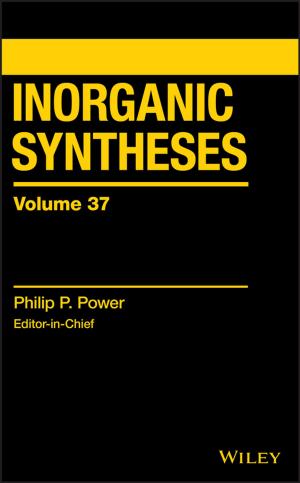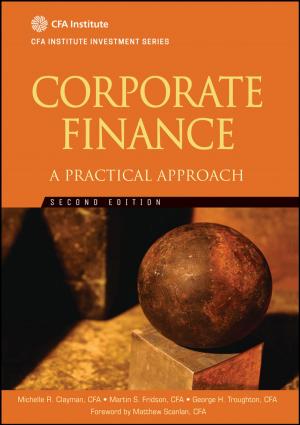| Author: | Walter Z. Tang, Mika Sillanpää | ISBN: | 9781119085584 |
| Publisher: | Wiley | Publication: | August 1, 2018 |
| Imprint: | Wiley | Language: | English |
| Author: | Walter Z. Tang, Mika Sillanpää |
| ISBN: | 9781119085584 |
| Publisher: | Wiley |
| Publication: | August 1, 2018 |
| Imprint: | Wiley |
| Language: | English |
The important resource that explores the twelve design principles of sustainable environmental engineering
Sustainable Environmental Engineering (SEE) is to research, design, and build Environmental Engineering Infrastructure System (EEIS) in harmony with nature using life cycle cost analysis and benefit analysis and life cycle assessment and to protect human health and environments at minimal cost. The foundations of the SEE are the twelve design principles (TDPs) with three specific rules for each principle. The TDPs attempt to transform how environmental engineering could be taught by prioritizing six design hierarchies through six different dimensions. Six design hierarchies are prevention, recovery, separation, treatment, remediation, and optimization. Six dimensions are integrated system, material economy, reliability on spatial scale, resiliency on temporal scale, and cost effectiveness. In addition, the authors, two experts in the field, introduce major computer packages that are useful to solve real environmental engineering design problems.
The text presents how specific environmental engineering issues could be identified and prioritized under climate change through quantification of air, water, and soil quality indexes. For water pollution control, eight innovative technologies which are critical in the paradigm shift from the conventional environmental engineering design to water resource recovery facility (WRRF) are examined in detail. These new processes include UV disinfection, membrane separation technologies, Anammox, membrane biological reactor, struvite precipitation, Fenton process, photocatalytic oxidation of organic pollutants, as well as green infrastructure. Computer tools are provided to facilitate life cycle cost and benefit analysis of WRRF. This important resource:
• Includes statistical analysis of engineering design parameters using Statistical Package for the Social Sciences (SPSS)
• Presents Monte Carlos simulation using Crystal ball to quantify uncertainty and sensitivity of design parameters
• Contains design methods of new energy, materials, processes, products, and system to achieve energy positive WRRF that are illustrated with Matlab
• Provides information on life cycle costs in terms of capital and operation for different processes using MatLab
Written for senior or graduates in environmental or chemical engineering, Sustainable Environmental Engineering defines and illustrates the TDPs of SEE. Undergraduate, graduate, and engineers should find the computer codes are useful in their EEIS design. The exercise at the end of each chapter encourages students to identify EEI engineering problems in their own city and find creative solutions by applying the TDPs. For more information, please visit www.tang.fiu.edu.
The important resource that explores the twelve design principles of sustainable environmental engineering
Sustainable Environmental Engineering (SEE) is to research, design, and build Environmental Engineering Infrastructure System (EEIS) in harmony with nature using life cycle cost analysis and benefit analysis and life cycle assessment and to protect human health and environments at minimal cost. The foundations of the SEE are the twelve design principles (TDPs) with three specific rules for each principle. The TDPs attempt to transform how environmental engineering could be taught by prioritizing six design hierarchies through six different dimensions. Six design hierarchies are prevention, recovery, separation, treatment, remediation, and optimization. Six dimensions are integrated system, material economy, reliability on spatial scale, resiliency on temporal scale, and cost effectiveness. In addition, the authors, two experts in the field, introduce major computer packages that are useful to solve real environmental engineering design problems.
The text presents how specific environmental engineering issues could be identified and prioritized under climate change through quantification of air, water, and soil quality indexes. For water pollution control, eight innovative technologies which are critical in the paradigm shift from the conventional environmental engineering design to water resource recovery facility (WRRF) are examined in detail. These new processes include UV disinfection, membrane separation technologies, Anammox, membrane biological reactor, struvite precipitation, Fenton process, photocatalytic oxidation of organic pollutants, as well as green infrastructure. Computer tools are provided to facilitate life cycle cost and benefit analysis of WRRF. This important resource:
• Includes statistical analysis of engineering design parameters using Statistical Package for the Social Sciences (SPSS)
• Presents Monte Carlos simulation using Crystal ball to quantify uncertainty and sensitivity of design parameters
• Contains design methods of new energy, materials, processes, products, and system to achieve energy positive WRRF that are illustrated with Matlab
• Provides information on life cycle costs in terms of capital and operation for different processes using MatLab
Written for senior or graduates in environmental or chemical engineering, Sustainable Environmental Engineering defines and illustrates the TDPs of SEE. Undergraduate, graduate, and engineers should find the computer codes are useful in their EEIS design. The exercise at the end of each chapter encourages students to identify EEI engineering problems in their own city and find creative solutions by applying the TDPs. For more information, please visit www.tang.fiu.edu.
